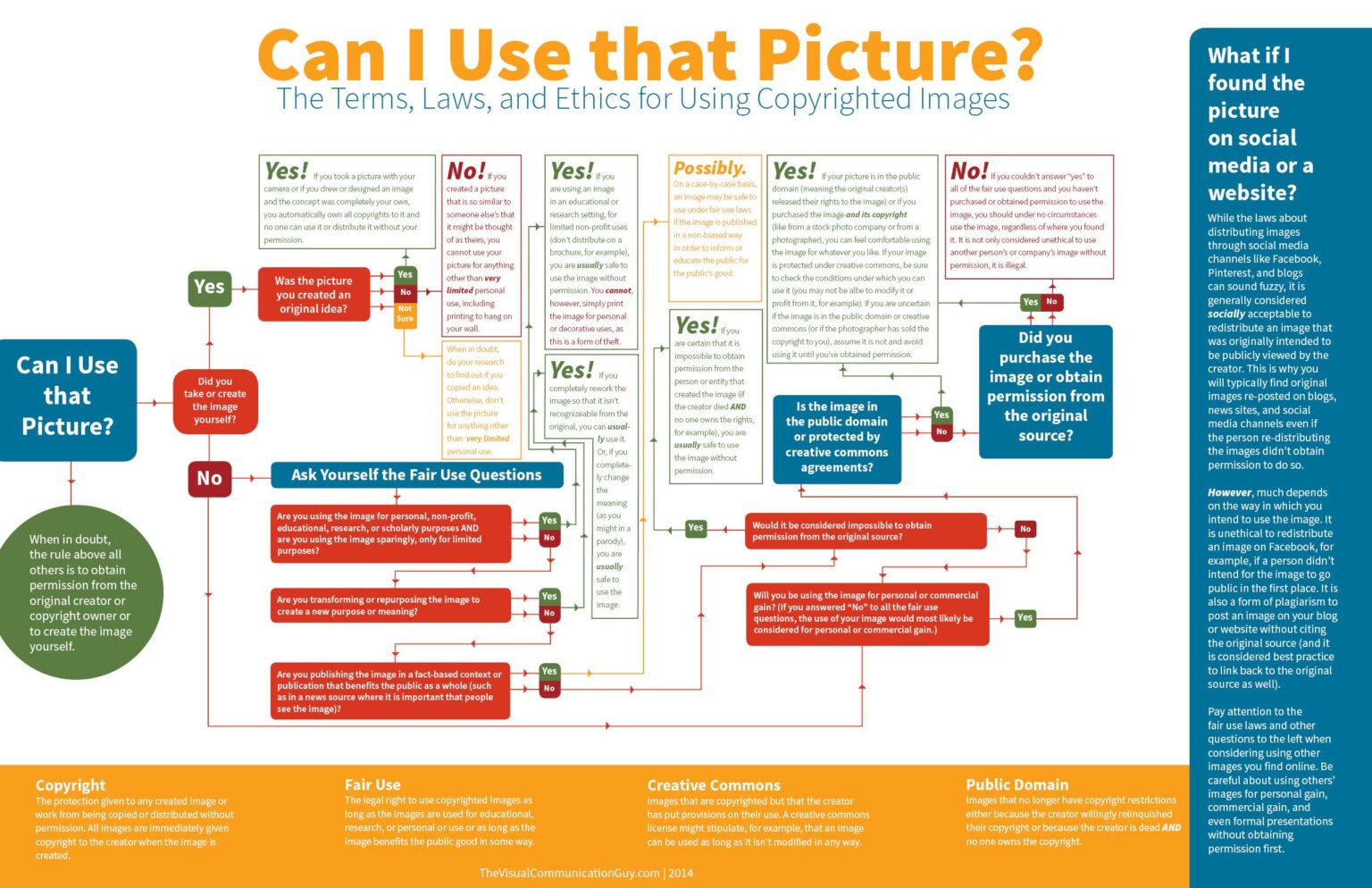Google South Africa Advances AI Accessibility with Multilingual Glossary in Indigenous Languages
In a landmark move to enhance inclusivity within the technological sphere, Google South Africa has unveiled an AI glossary available in three widely spoken indigenous languages: Zulu, Xhosa, and Afrikaans. This pioneering resource is designed to close the language barrier that often limits access to complex artificial intelligence concepts in the country’s diverse linguistic landscape. By offering AI terminology and explanations in native tongues, Google empowers local communities to better understand and engage with emerging technologies shaping today’s digital economy.
Championing Linguistic Inclusion: Google’s Strategy for Local Language Integration
Google’s latest initiative underscores its ongoing commitment to embracing linguistic diversity within artificial intelligence education and resources. The newly launched glossary specifically targets speakers of Zulu, Xhosa, and Afrikaans-languages spoken by millions across South Africa-thereby fostering greater accessibility and comprehension of AI-related topics among these groups.
This project is part of a broader strategy that includes:
- Partnerships with regional language experts ensuring precise translations that respect cultural context.
- Creation of specialized AI models capable of understanding unique African language structures and idioms.
- Community workshops and training programs, which not only educate participants about AI but also celebrate their cultural heritage through technology.
Together, these efforts aim to narrow the digital divide by making advanced technological knowledge accessible regardless of one’s primary language-a crucial step toward equitable participation in the global tech ecosystem.
The Role of Indigenous Language Resources in Empowering Communities
The availability of an AI glossary tailored for indigenous languages represents more than just translation-it serves as a powerful tool for community empowerment. By equipping speakers with relevant vocabulary contextualized within their cultural framework, this resource enhances digital literacy across educational institutions, workplaces, and everyday life.
This initiative also plays a vital role in preserving linguistic heritage amid rapid globalization. As younger generations increasingly interact with technology through their mother tongues, there is potential for increased creation of culturally rich content online-strengthening both identity and representation on digital platforms.
- Boosted Digital Competency: Facilitates easier navigation through online learning materials and tech resources.
- Cultural Continuity: Encourages use and preservation of indigenous languages within modern communication channels.
- Economic Inclusion: Opens doors for local entrepreneurs to participate effectively in e-commerce ecosystems using familiar terminology.
- Civic Engagement: Promotes collaborative projects rooted in community values supported by accessible technology tools.
The Future Landscape: Leveraging AI Tools for Enhanced Language Learning & Accessibility
The integration of artificial intelligence into language education heralds transformative possibilities. Google South Africa’s multilingual glossary exemplifies how machine learning can be harnessed not only for accurate translations but also nuanced interpretation sensitive to cultural subtleties inherent in Zulu, Xhosa, and Afrikaans dialects. According to recent studies from UNESCO (2023), over 40% of African languages are at risk without such innovative preservation efforts enhanced by technology.[1]
This advancement paves the way for educational systems across South Africa-and potentially other multilingual nations-to adopt interactive tools that support personalized learning experiences including:
- Dynamically Engaging Content: Interactive modules that adapt based on learner progress improve motivation and retention rates significantly.[2]
- Instant Feedback Mechanisms: Real-time assistance reduces barriers faced by new learners grappling with unfamiliar technical jargon or grammar structures common among second-language users.[3]
- Bespoke Learning Journeys: Customizable curricula allow users from beginner levels up to advanced proficiency stages tailored pathways aligned with individual goals or professional needs.[4]
A Vision Toward Inclusive Technological Growth Across South Africa
The launch marks a pivotal moment where technology meets culture-ensuring no one is left behind due to language constraints as artificial intelligence continues reshaping industries worldwide. Google’s effort sets an inspiring precedent encouraging other tech companies operating on the continent to prioritize linguistic diversity when developing future innovations.

